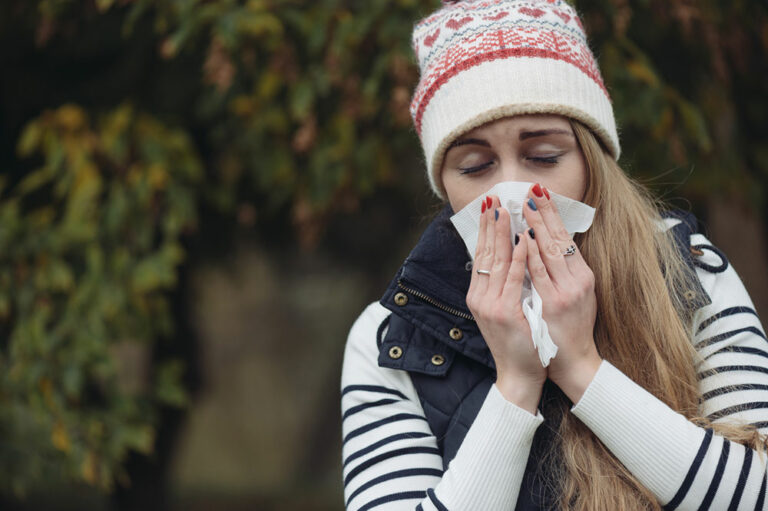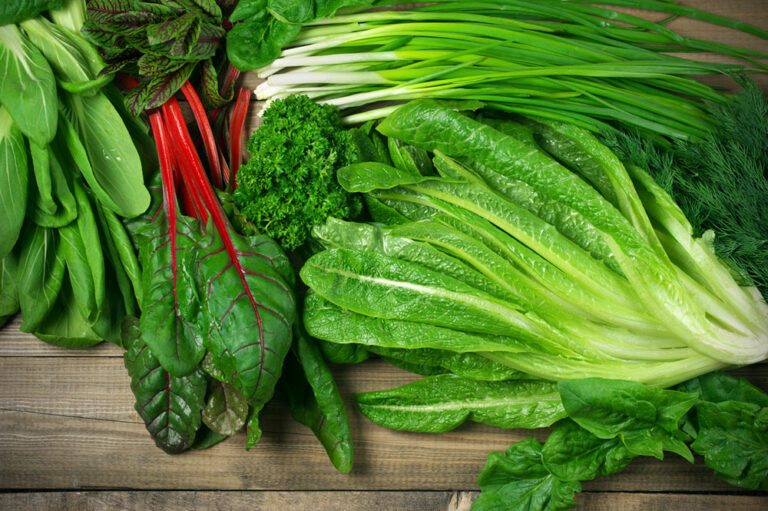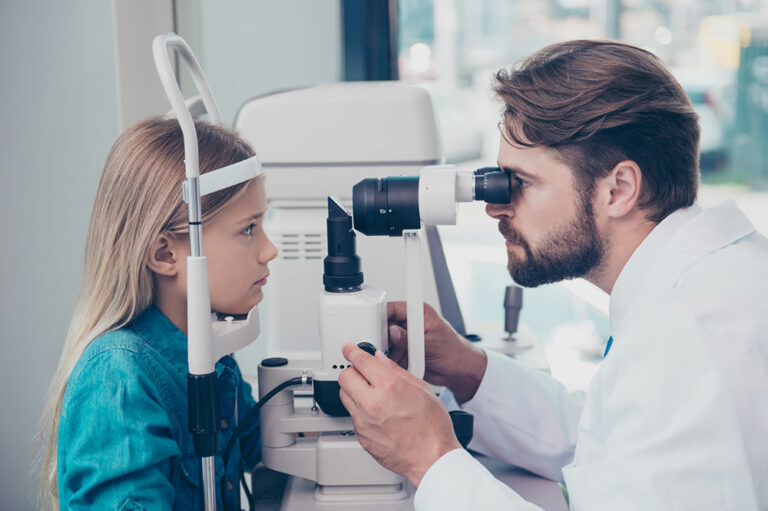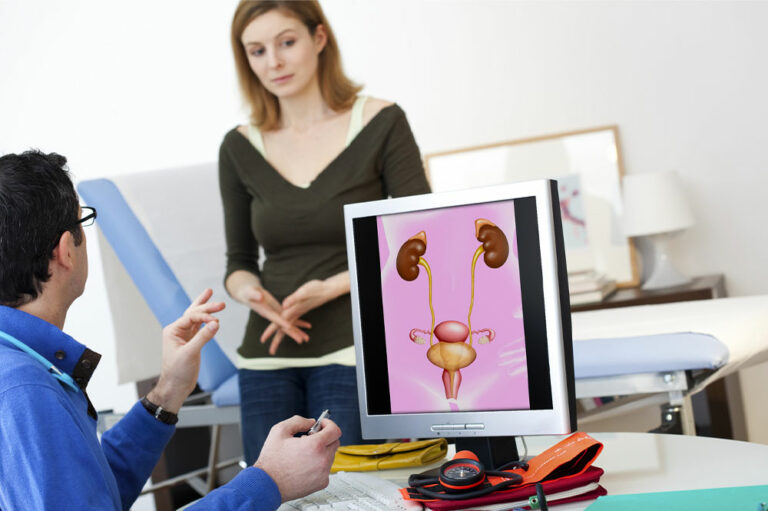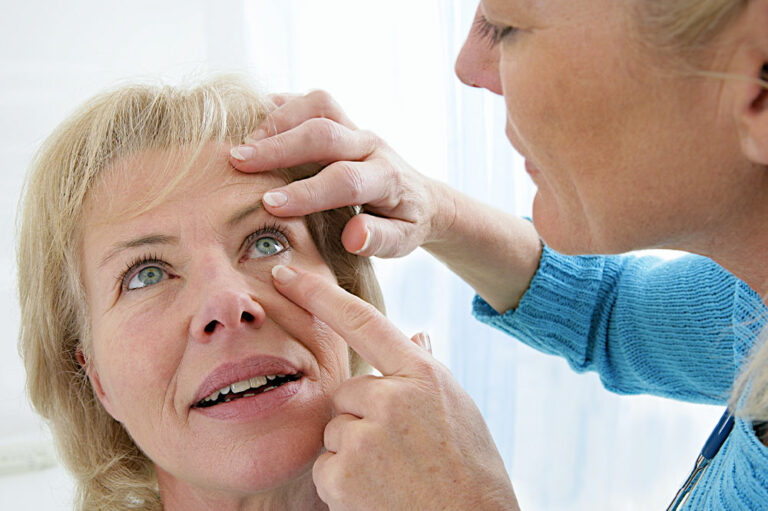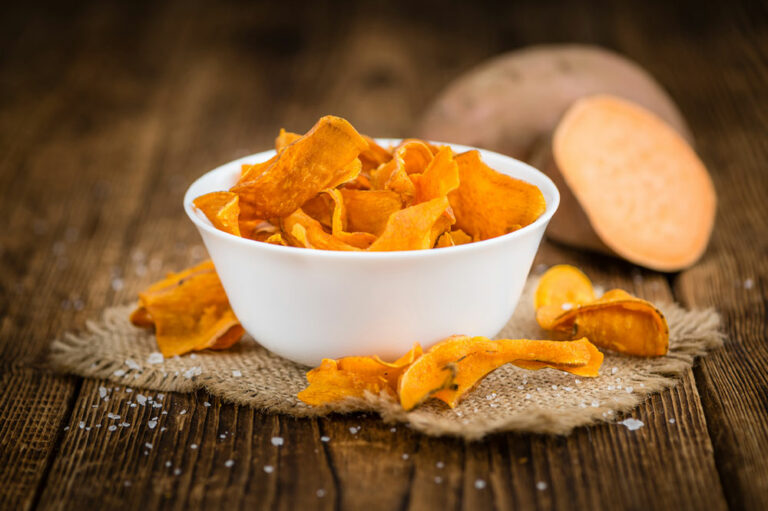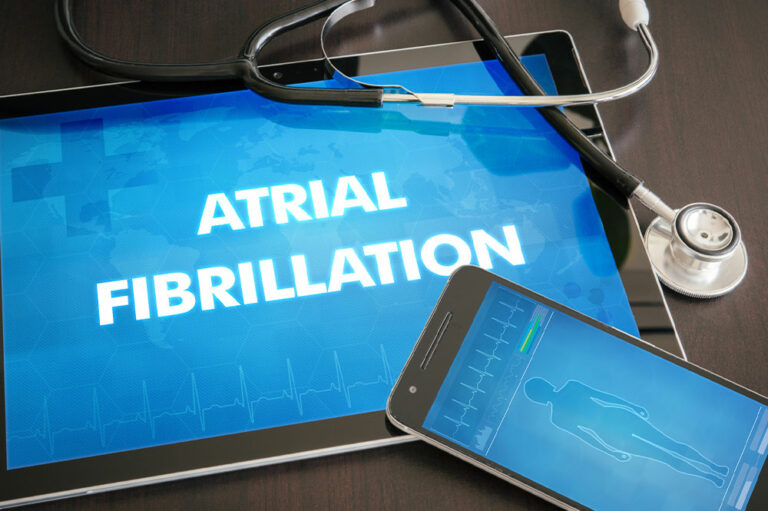
Health
15 signs of low blood sugar
Hypoglycemia, commonly known as low blood sugar, is a condition where blood sugar levels drop below 70 mg/dL. This health issue is more prevalent among individuals with type-1 diabetes. Low blood sugar can be caused by several factors, such as taking excessive insulin, not having enough carbs when on insulin, hormonal changes like menopause and puberty, and fluctuating weather conditions. It is crucial to recognize the early signs of low blood sugar to ensure timely intervention. Symptoms of low blood sugar levels Lightheadedness Persons with low blood sugar levels may experience varying levels of lightheadedness, from mild to debilitating dizziness, that may occur even when one is standing still. Extreme hunger Low blood sugar may cause one to experience extreme hunger pangs, especially when one is on insulin and has insufficient carbohydrate intake. In such cases, it is important to control one’s food intake, as overeating may aggravate the situation and trigger or worsen related health issues like cholesterol and cardiovascular diseases. Tremors Research studies suggest that the autonomic nervous system is overly activated during spells of low blood sugar, causing tremors and shaking among patients. Sweating It is estimated that a whopping 84% of persons with hypoglycemia experience sweating.
Read More 